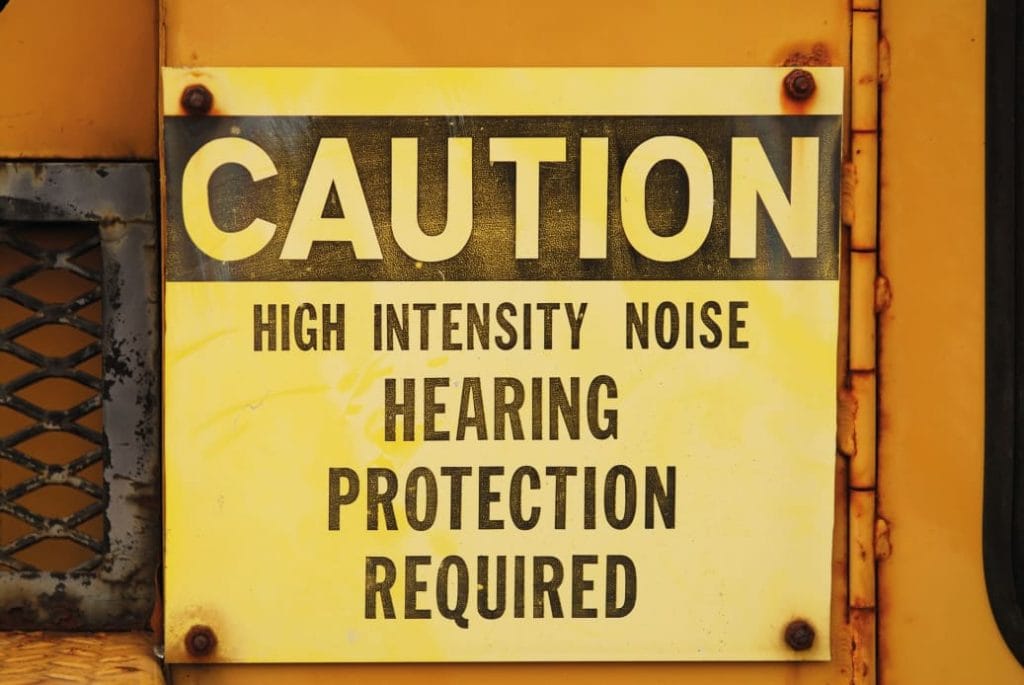Noise is a major workplace health and safety hazard and under WHS legislation, workers must be protected from the risk of hearing loss. Hazardous noise can destroy the ability to hear clearly, making it more difficult to hear sounds necessary for working safely such as instructions or warning signals.
What are my obligations under WHS legislation?
A person conducting a business or undertaking (PCBU) must manage the risks of hearing loss associated with noise at the workplace by ensuring that the noise a worker is exposed to at the workplace does not exceed the exposure standard for noise; and by providing audiometric testing to a worker who is frequently required to use personal hearing protectors to protect the worker from hearing loss associated with noise that exceeds the exposure standard.
Through well engineered noise cancelling and noise control strategies the risk of workplace noise can be managed. If not addressed, it can result in the permanent hearing loss of workers which is life changing for the person involved and costly to the organisation through increased workers compensation premiums, replacement and training costs. The degree of hearing loss is dependant on how loud the noise is, the amount of exposure, and the frequency and pitch.
When is noise hazardous?
Environments where noisy machinery and equipment are being used can be easily identified. If you need to raise your voice to speak to someone who is only 1 metre away from you, the noise likely to be hazardous. The potential for noise to be hazardous is not always so obvious. Exposure to noise is cumulative and a worker may perform a number of noisy work activities over time which, in combination, may expose the worker to hazardous noise.

How often should hearing tests be conducted?
Workplaces that require workers to wear personal protective equipment (PPE) to protect themselves against hazardous noise, must do hearing tests or audiometric testing. Starting the hearing tests before people are exposed to hazardous noise (such as new starters or those changing jobs) provides a baseline as a reference for future audiometric test results.
The Code of Practice for managing noise and preventing hearing loss at work has been published by Safe Work Australia and applies to all types of work and all workplaces covered by the WHS Act where there is the potential for exposure to noise that can contribute to hearing loss.
Businesses should refer to the Code of Practice to ensure they are meeting their obligations under the new WHS laws or seek advice from an experienced Industrial Audiologist. An Industrial Audiologist can provide you with practical advice on effective noise control management solutions that best adhere to the new Code of Practice by:
- Conduct a noise assessment to identify noise sources and which workers are at risk of hearing loss
- Implementing appropriate workplace noise control strategies including a workplace noise policy
- Recommend noise cancelling solutions
- Review the effectiveness of existing noise control measures
- Monitoring employees through audiometric testing / hearing tests
For further information about our audiology services contact us online or phone 1300 585 128.
